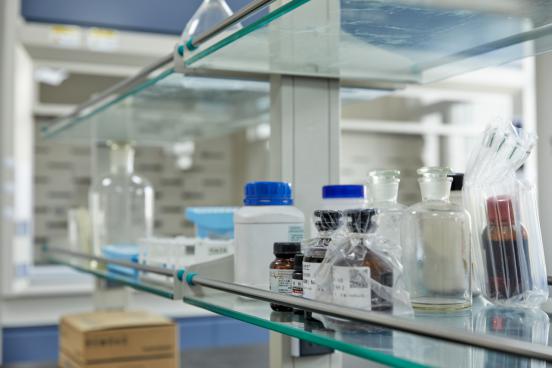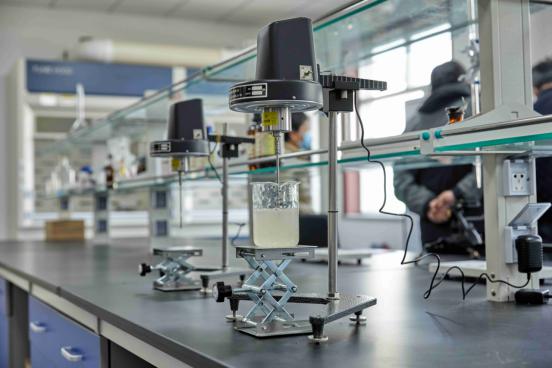In the realm of advanced materials and pharmaceutical sciences, Hydroxypropyl Methylcellulose (HPMC) technology stands as a beacon of innovation. From drug delivery systems to various industrial applications, HPMC technology has transformed the landscape by offering versatile solutions and pushing the boundaries of what’s possible.
Hydroxypropyl Methylcellulose, commonly known as HPMC, has become synonymous with cutting-edge technology in the fields of pharmaceuticals, construction, and beyond. Its unique properties and versatility make it a key player in the development of advanced materials and formulations.
The Technological Marvel of HPMC:
Polymer Engineering:
At the heart of HPMC technology lies polymer engineering. Through a meticulous synthesis process, natural cellulose undergoes modification, resulting in a polymer with enhanced properties such as controlled solubility, viscosity, and stability.
Drug Delivery Advancements:
HPMC technology has revolutionized drug delivery systems. The controlled release capabilities of HPMC facilitate the development of sustained and targeted drug formulations, optimizing therapeutic outcomes and patient adherence.
Biocompatibility and Safety:
The biocompatibility of HPMC makes it a preferred choice in various biomedical applications. Its non-toxic nature ensures safety in pharmaceutical formulations, making it suitable for a wide range of applications in the healthcare sector.
Applications Across Industries:
Pharmaceuticals:
In the pharmaceutical industry, HPMC technology plays a pivotal role in formulating tablets, capsules, and controlled-release drug delivery systems. The adaptability of HPMC to different drug formulations contributes to its widespread use in this sector.
Construction Materials:
HPMC technology extends its influence to the construction industry, where it is used as a crucial additive in cement-based materials. Its water retention and thickening properties improve the workability and performance of mortars, adhesives, and coatings.
Food and Personal Care:
The versatility of HPMC technology is evident in its applications in the food and personal care industries. As a thickening agent, stabilizer, and emulsifier, HPMC enhances the texture and stability of various consumer products.
Innovations Driving HPMC Technology:
Nanotechnology Integration:
Ongoing research explores the integration of HPMC into nanotechnology applications, opening new avenues for targeted drug delivery and enhanced material properties.
Smart Materials Development:
The synergy of HPMC with smart materials is a frontier in technological advancements. Responsive and programmable materials are being developed, paving the way for innovations in diagnostics and drug release systems.
Sustainability Initiatives:
The pursuit of sustainable solutions has led to the development of eco-friendly HPMC formulations. Innovations focus on reducing environmental impact while maintaining the performance and functionality of HPMC-based products.
Future Horizons of HPMC Technology:
As technology continues to evolve, HPMC remains at the forefront of innovation. Future horizons include the exploration of novel synthesis methods, the expansion of applications in emerging industries, and the integration of HPMC technology with other cutting-edge materials.
Conclusion:
Hydroxypropyl Methylcellulose (HPMC) technology stands as a testament to the transformative power of innovation in materials science and pharmaceuticals. From revolutionizing drug delivery to enhancing the performance of construction materials, HPMC technology continues to shape the future of diverse industries.



